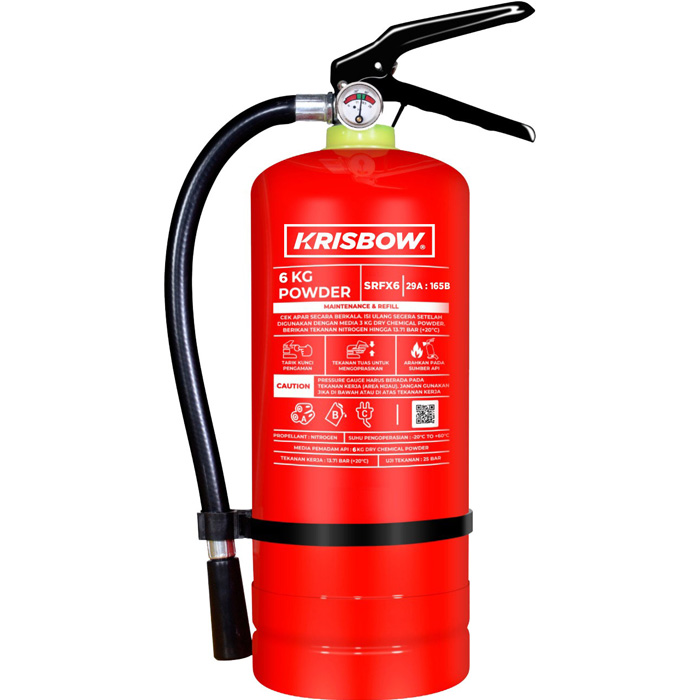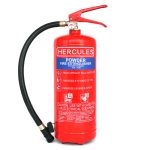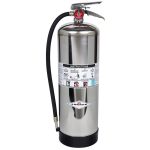A Class D fire extinguisher is essential for industrial and laboratory environments where combustible metals are present. These extinguishers are specifically designed to combat fires fueled by metals like magnesium, titanium, and sodium. With safety being a top priority in workplaces handling hazardous materials, having the right fire protection equipment can make a crucial difference. In this article, we’ll explore the importance of Class D fire extinguishers, factors to consider when choosing one, features of top-rated models, and maintenance guidelines to ensure they are always ready for use.
Understanding Class D Fires
Characteristics of Class D Fires
Class D fires predominantly involve combustible metals, which behave differently from other types of fires. Common materials involved include magnesium, lithium, potassium, and sodium. These metals can ignite under high heat or when exposed to water or air, leading to intense fires that are challenging to extinguish. Understanding the specific characteristics of Class D fires is essential for effectively choosing and using the right fire extinguisher.
For example, when magnesium burns, it can produce extremely high temperatures, sometimes exceeding 1,200 degrees Celsius. When exposed to water, magnesium reacts violently, potentially sparking explosive reactions. This unique behavior necessitates specialized extinguishing methods; understanding these factors can significantly reduce risks.
Unique Combustion Behavior
The combustion behavior of Class D fires sets them apart. They can burn very hot, and producing flammable metal oxides complicates extinguishing them. Traditional fire extinguishers, especially those that use water, can make the situation worse rather than better. This complexity makes not just having a fire extinguisher important but ensuring it is tailored specifically to handle these dangerous materials. Comprehensive training and knowledge are essential components in effectively managing these fires.
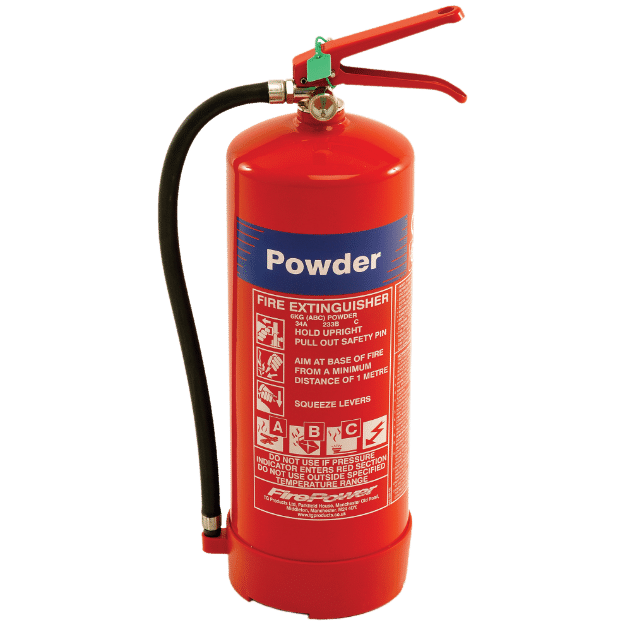
Importance of Class D Fire Extinguishers
Protecting Lives and Property
In environments where combustible metals are present, the risk of Class D fires is significant. Having a reliable Class D fire extinguisher can mean the difference between a controlled situation and a catastrophic event. Quick response is crucial; well-trained personnel can act rapidly to extinguish the fire while mitigating risks to others. Moreover, maintaining an effective fire response system can help preserve valuable property and equipment in industrial and laboratory settings.
Implementing proper fire safety protocols not only protects individuals but also demonstrates a company’s commitment to safety. Leadership in an organization can hold safety meetings to discuss the importance of fire extinguishers and emergency preparedness, fostering a culture of vigilance.
Compliance with Regulations
Many industry standards and safety regulations mandate facilities dealing with combustible metals to have appropriate fire extinguishers available. Non-compliance can lead to severe penalties—fines, legal liabilities, and even risk closure of the facility. Being prepared not only keeps your workplace safe but gives peace of mind when it comes to regulations and inspections. Regular safety audits will assess not just the presence but the accessibility and functionality of appropriate fire equipment, helping to maintain a secure environment.
Choosing the Right Class D Fire Extinguisher
Assessing the Environment
When selecting a Class D fire extinguisher, it’s vital to assess the specific environment where it will be used. Consider the types of metals present, their quantities, and the layout of the workspace. For example, a laboratory working with smaller quantities of magnesium requires a different approach than a heavy manufacturing facility dealing with larger volumes of titanium.
Taking the time to conduct a thorough hazard assessment will guide you in selecting the appropriate model. Engaging with safety professionals can assist in making informed choices, bringing essential insights into unique risks present in the workplace.
Capacity and Classification
Class D fire extinguishers come in various sizes and capacities. Smaller models may suffice for lab settings, while larger setups might need extinguishers that can handle more significant flames and hazards. Choose with consideration not just of the size but also of the classification, as some extinguishers are specifically rated for certain metals. Understanding the specific hazards in your workplace ensures that the chosen model aligns perfectly with the most common challenges faced.
Understand that meeting the fire protection requirements extends beyond just being compliant; it’s about equipping your team with the best tools available for the unique challenges they face daily.
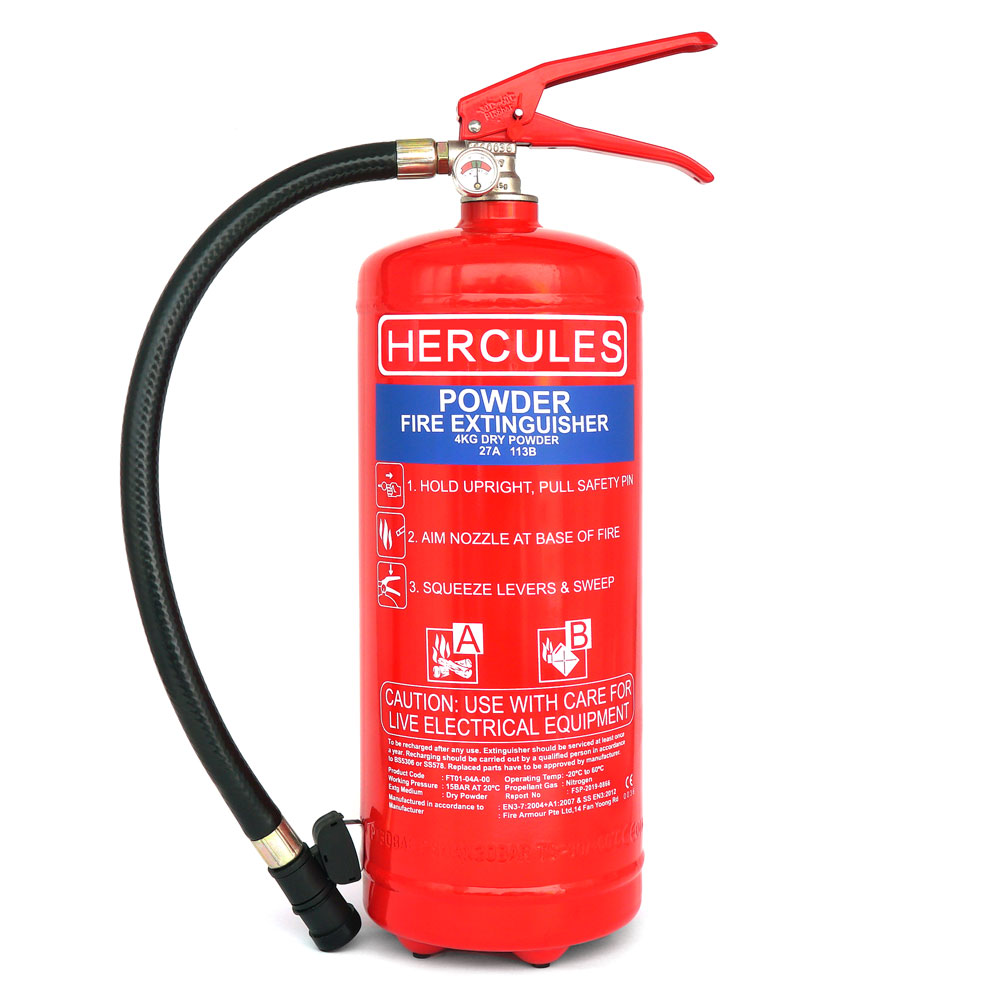
Features of Top-Rated Class D Fire Extinguishers
Composition and Suppression Agents
Top Class D fire extinguishers utilize specialized suppression agents such as dry powder. These agents are designed to smother fires by interrupting the chemical reactions that fuel them. Look for extinguishers using agents like Sodium Chloride or proprietary blends specifically engineered for metal fires. These materials are often easier to clean up post-application than alternative solutions, which can be an important consideration in busy work environments.
Additionally, consider the efficiency of the suppression agents offered by different manufacturers. Some may have improved formulations that work better on particular metals, ensuring that you choose the most effective solution for your needs.
Accessibility and Portability
Portability is another critical feature to consider. In an emergency, the ability to move quickly and effectively is crucial. High-quality Class D extinguishers should be lightweight yet durable, allowing for swift movements across workspaces. Some models even have wheels for transport in larger facilities, ensuring personnel can quickly access an extinguisher during emergencies.
Further, the extinguishers should be easily accessible to authorized personnel while being secured against unauthorized access. Regularly assess locations to ensure that the extinguishers are not obstructed and are easily reachable in a crisis.
Maintenance and Inspection Guidelines
Regular Inspections
Class D fire extinguishers require regular inspections to remain functional. Examine them for any physical damage, such as dents or corrosion, and verify that the gauge shows adequate pressure. Following local guidelines for frequency—often determined by safety regulations—is vital in maintaining readiness for emergencies. Documenting inspections is also essential, as keeping records may be necessary for compliance.
Establishing an inspection schedule with designated personnel ensures accountability and promotes a sense of vigilance around fire safety, integrating this into the facility’s safety culture.
Maintenance Protocols
In addition to regular inspections, scheduled maintenance is crucial for Class D extinguishers. Refer to the manufacturer’s guidelines for specifics regarding such protocols, including professional servicing requirements. Typically, a thorough servicing is recommended every six years, with some components requiring annual checks. Keeping detailed records of maintenance actions is valuable for both future audits and compliance, guaranteeing robust readiness.
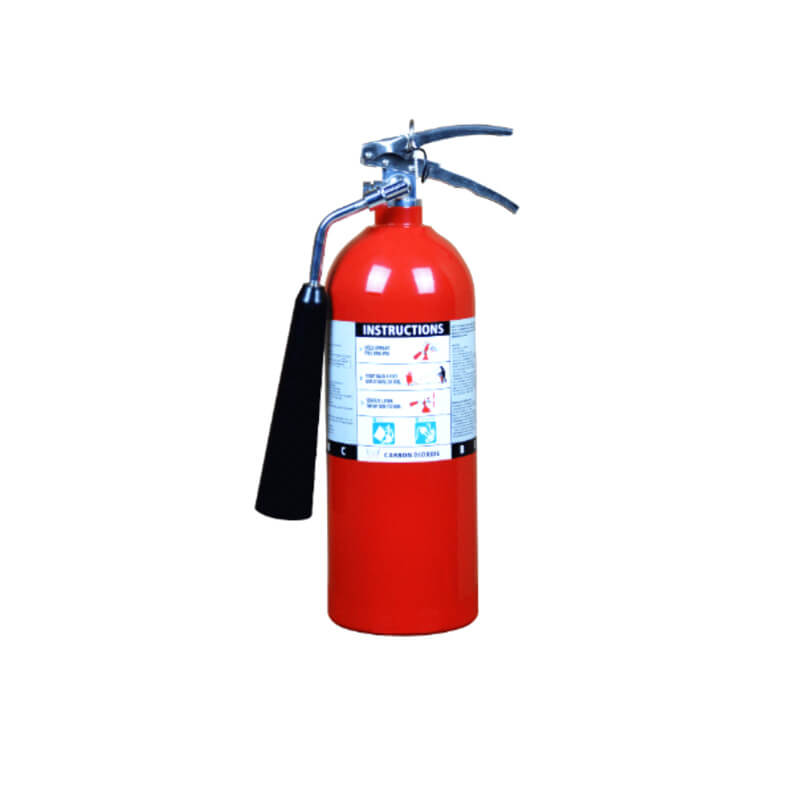
Training and Preparedness
Staff Training Programs
Training is a vital aspect of workplace safety. Providing employees with training on how to use Class D fire extinguishers prepares them for potential emergencies. Conduct interactive training sessions where staff can practice using extinguishers in controlled scenarios. Familiarity with the equipment can notably boost confidence and improve response times during real incidents.
Utilize trainers experienced in handling fire response training to ensure that employees understand the nuances of dealing with combustible metals. Realizing the risks associated with Class D fires is critical.
Emergency Response Plans
Developing a comprehensive emergency response plan that includes Class D fire extinguishers is essential. This plan should clearly outline the steps employees must take in the event of a Class D fire, including proper evacuation routes and the procedures for using the extinguisher effectively. Conduct regular drills to ensure everyone knows their roles and responsibilities during a fire emergency, creating a reliable and swift response system.
Using various drills—such as tabletop exercises, classroom sessions, and real-life simulations—can enforce understanding and readiness, preparing employees to act proficiently.
Additional Considerations
Regulatory Compliance
Always stay updated on local regulations and fire safety codes regarding Class D fire extinguishers. Many regions mandate specific requirements concerning their storage, accessibility, and maintenance. Ensuring that your facility complies with these regulations supports a safe working environment and protects against potential legal repercussions.
Regularly reviewing compliance standards ensures that your knowledge remains current, helping to maintain safety while fostering a sense of community responsibility toward workplace safety.
Environmental Impact
Consider the environmental impact of the suppression agents used in your Class D fire extinguishers. Some manufacturers now offer eco-friendly alternatives effective while minimizing harm to the environment. Opting for these options can enhance your facility’s sustainability while maintaining a high level of safety that aligns with modern values.
Maintain transparency with employees about these practices to foster an ingrained safety culture.
Conclusion
Investing in a Class D fire extinguisher is essential for any industrial or laboratory setting dealing with combustible metals. Understanding the unique challenges these fires present, along with knowing how to choose the right extinguisher, is crucial for workplace safety. The combination of advanced features, proper maintenance, and comprehensive training significantly enhances your preparedness and response capability.
Ensuring that your workplace is equipped with top-notch Class D fire extinguishers means you are not only complying with regulations but actively prioritizing safety. As you create a fire safety plan, consider effectively integrating these extinguishers alongside training and preparedness drills. When the stakes are high, having the right fire safety equipment readily available could make all the difference in protecting lives and property.
Do not leave your safety standards to chance. Engage regularly in safety strategies, conduct assessments, and ensure your personnel remain prepared. The safety of your workplace is directly linked to the measures you put in place today.
